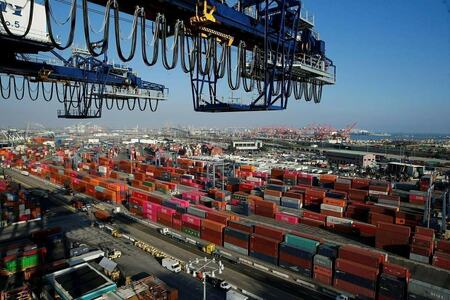Driving Pakistan’s Export Diversification: A New Era for Non-Textile Industries
Pakistan is stepping into a new chapter of economic growth—and it’s not all about textiles anymore.
The Ministry of Commerce has rolled out an ambitious roadmap to supercharge the country’s non-textile exports. With the backing of the National Export Development Board (NEDB), the plan aims to double exports from $4.2 billion to $8 billion by 2030, and then hit a staggering $20 billion by 2035.
Why the shift? Textiles currently dominate over half of Pakistan’s export portfolio, leaving the economy exposed to global market swings. By contrast, the Manufacturing and Mining Products (MMP) sector contributes just 13%. The new strategy is designed to rebalance this equation and build resilience.
At the heart of the plan are five high-potential industries: pharmaceuticals, surgical instruments, sports goods, marble and granite, and engineering products. These sectors have been identified for their strong comparative advantages and global demand.
One of the standout initiatives is the launch of the “National Pharma Vision 2030.” This includes setting up a dedicated pharmaceutical export promotion body and aiming for $3 billion in pharma exports within five years. It’s a bold move that signals serious intent.
Other reforms are equally transformative. The roadmap outlines tariff rationalization, productivity upgrades, and technology enhancement programs. There’s also a push to attract export-oriented foreign direct investment (FDI) through targeted incentives.
But it’s not just about money. The strategy tackles long-standing bottlenecks like rent-seeking practices, high energy and logistics costs, and delays in tax refunds and DLTL payments. These issues have historically stifled innovation and competitiveness.
Leadership is key. The Minister for Commerce is spearheading the reform discussions, drawing inspiration from export success stories like Vietnam, South Korea, and Turkey. The Prime Minister will chair the NEDB, ensuring top-level commitment.
Experts believe this could be a game-changer. If executed effectively, Pakistan could finally break past the $35 billion export ceiling and move toward a diversified, innovation-driven economy.
The Ministry emphasizes that this isn’t just about boosting numbers—it’s about building a more resilient, globally integrated Pakistan. With inter-ministerial coordination and private sector engagement, the country is poised to redefine its export landscape.



Comments (0)
No comments yet. Be the first to comment!
Leave a Comment